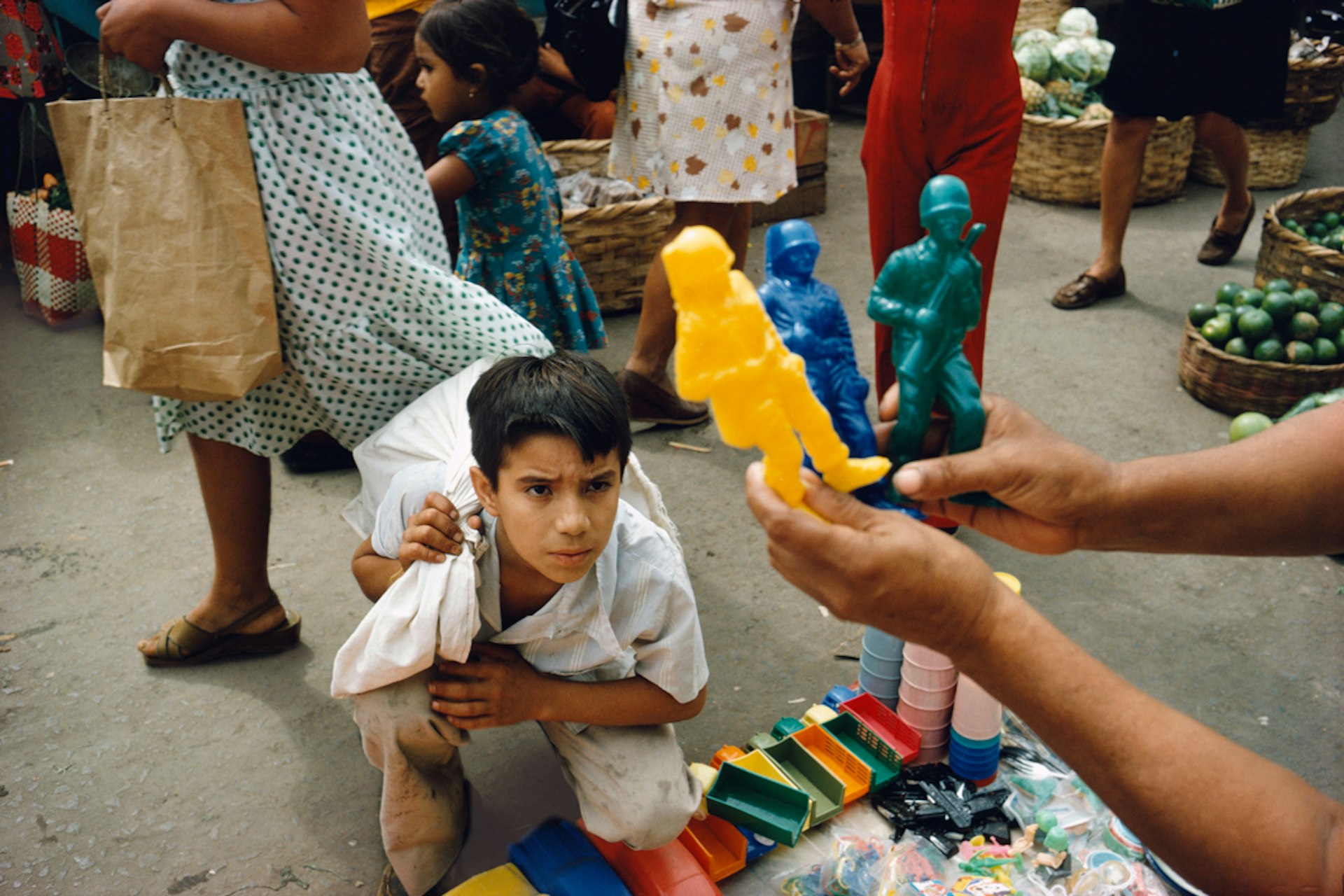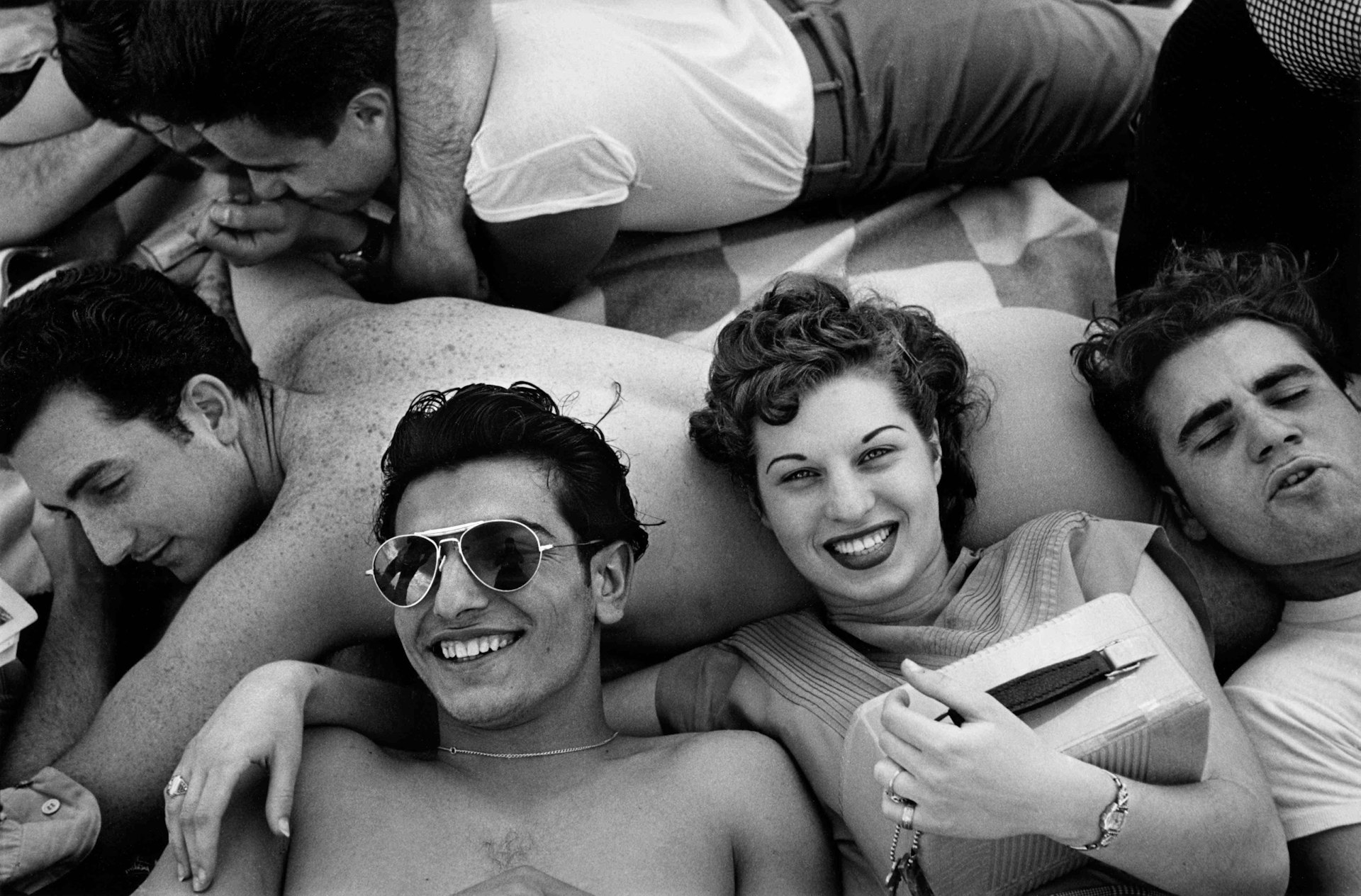
Harold Feinstein: America’s forgotten photographer
- Text by Niall Flynn
- Photography by Harold Feinstein Photography Trust
Harold Feinstein’s camera captured America with its guard down. The Coney Island native was capable of an understated magic, finding a warmth and beauty in the everyday. He was, to borrow the words of French gallerist Thierry Bigaignon, one of the “true American” photographers: a foremost chronicler of life in the USA.
But most people would struggle to put a name to the work. Despite building a breathtaking body of images that depicted the human experience with unparalleled warmth, Feinstein – who died in 2015, aged 84 – evaded fame and fortune for the majority of his life and career. In truth, it was only in his final years that he was given the due he deserved.
In Last Stop Coney Island, filmmaker Andy Dunn sets out to tell the story of America’s forgotten great, beginning with his childhood in New York and following him as he left home at 15 to pursue a life as an artist. Having stumbled across Feinstein’s images in 2013 when photographer Jonathan Canlas tweeted a link to a Kickstarter raising funds for Harold’s first ever monograph (at the age of 81), the director was immediately taken by the work.
“The cinematic Americana of diners, vintage cars and of course Coney Island itself struck a chord, but it was always the quieter moments that really got me,” he explains. “Portraits, whether made in the street or behind closed doors, had some magic in the gaze of the subject. Someone in the film says they are haunting, and they’re right – but not in a negative way. Just that there’s more going on in that moment than just the physical.”
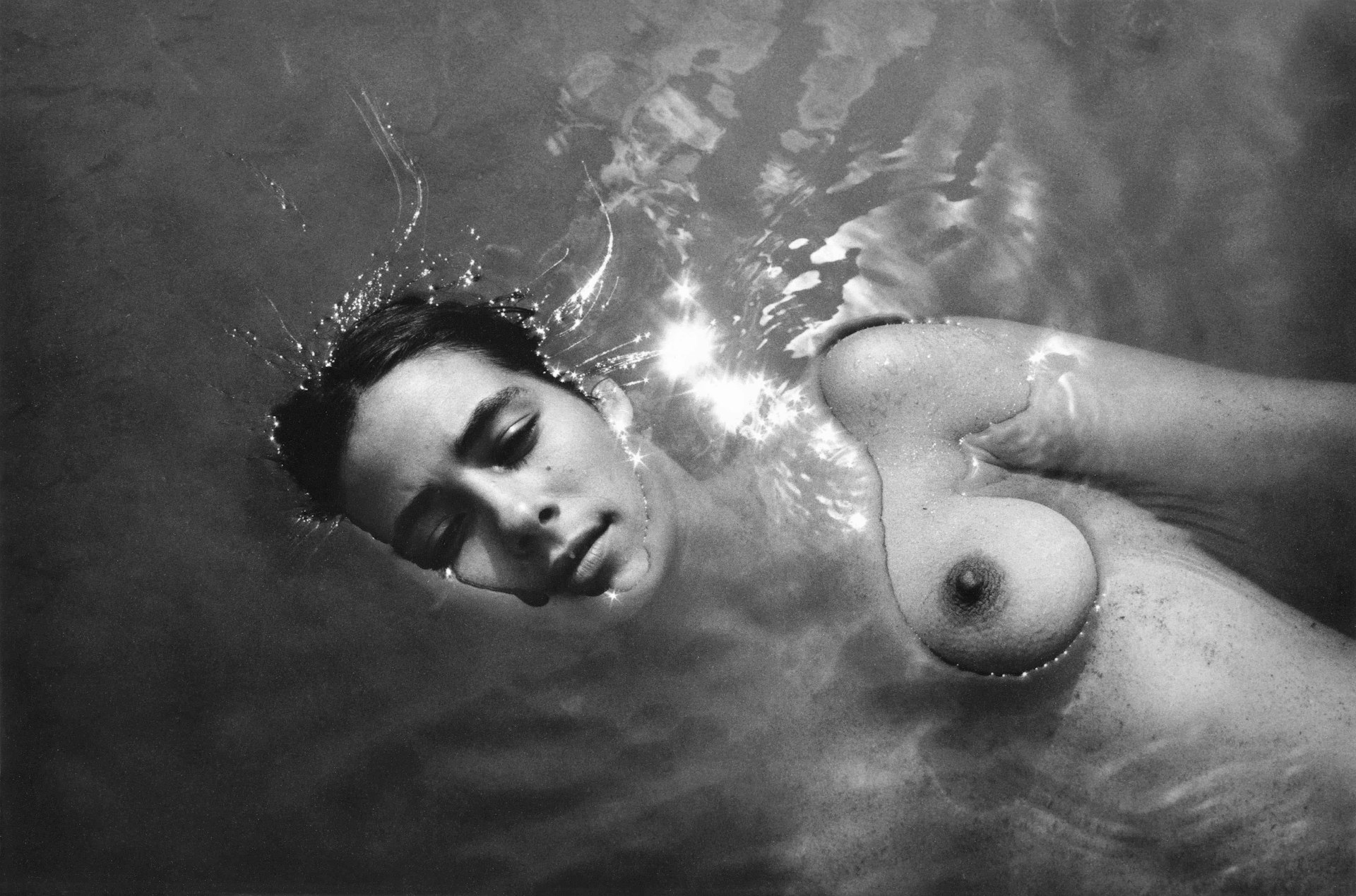
Lady of the Lake, 1974
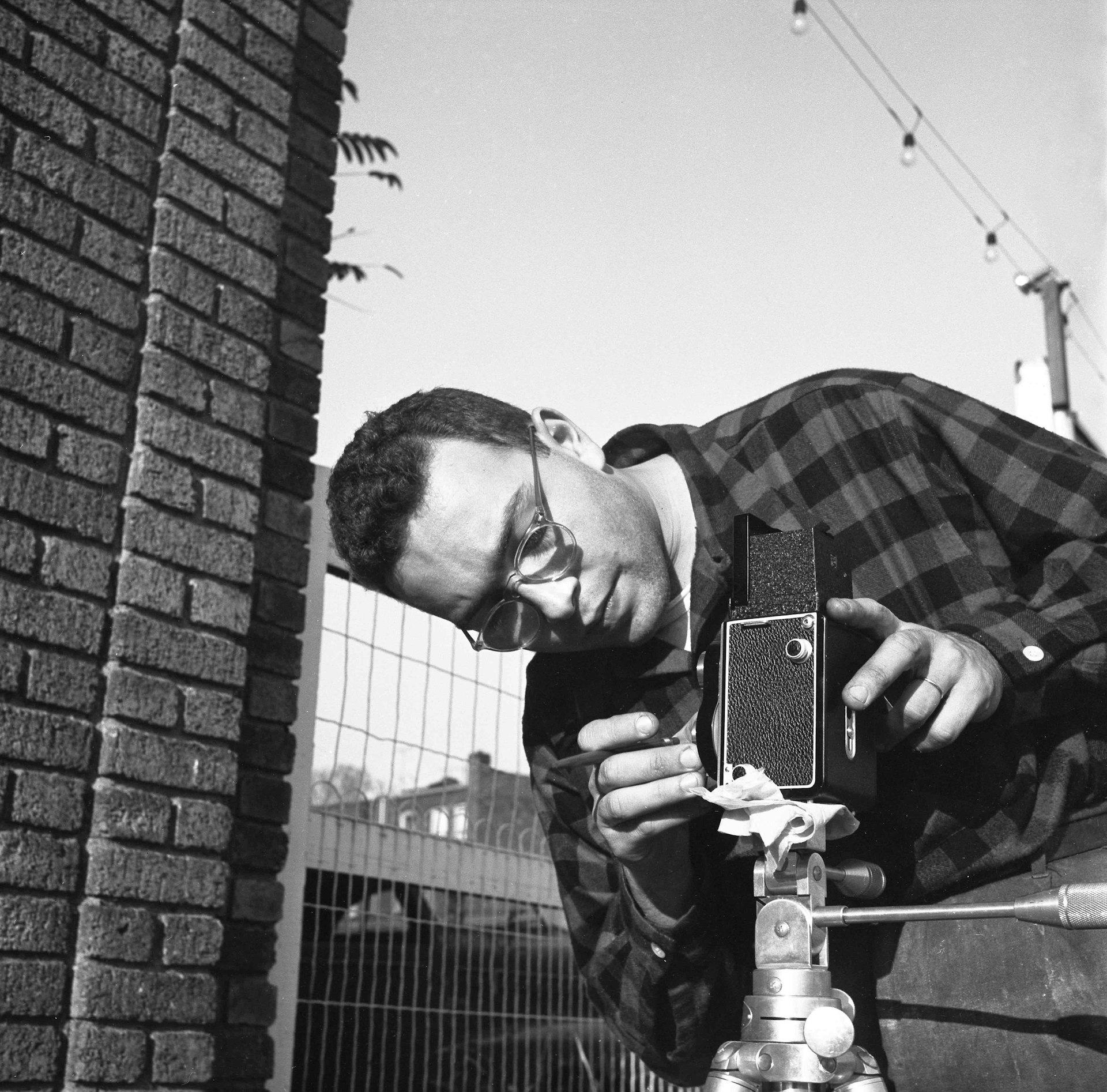
with Rolleiflex in Brooklyn, 1949
“Deciding to make the film about Harold came after I’d devoured all the work on view and then discovered that he’d also led a fascinating life. He grew up in Coney Island, was drafted into the Korean war, rubbed shoulders with some the greatest jazz musicians in Manhattan in the ’50s – and [then] disappeared from the photography world. It amazes me even now how some of the New York photography community still don’t know his work.”
Despite an initial flurry of success as a young photographer in the ’50s, Feinstein – who, Dunn explains, wasn’t one to “play ball” with institutions and galleries – disappeared from the New York scene. However, his output never diminished. Blending archive footage with first-hand interviews, Last Stop Coney Island tracks his forgotten years, questioning why a figure of his gravity disappeared from view.
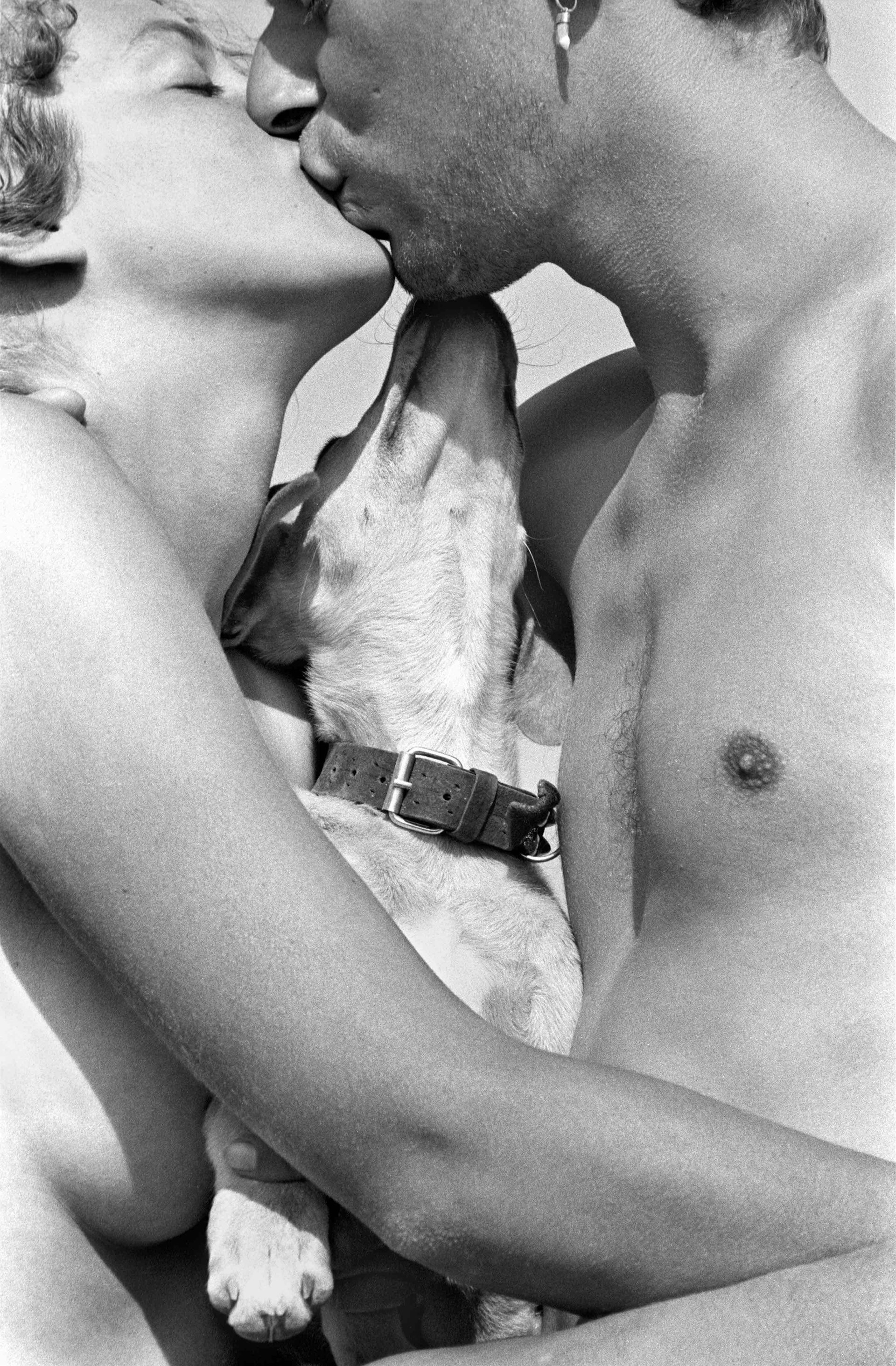
Puppy Love, 1987

Sharing a Public Bench, 1949
On top of that, the film explores its subject’s love of teaching (“all the students I spoke to said Harold awakened their creativity that was within them”), his relationship with fatherhood, grapples with addiction and photography would take him out of the US and across the world. It also includes first-hand conversations with Feinstein himself filmed before his death, offering a window the mind of one of America’s greats.
“Harold’s work is already a time capsule of an America that is no more but I think Harold’s legacy will be seen in the lives and art of those people he met and inspired when he was alive, they all carry a little of him with them,” Dunn adds. “Beyond those lucky people, I hope people who see the film will join me in learning from Harold’s advice: “Be creative with your life, that’s the most important canvas.”
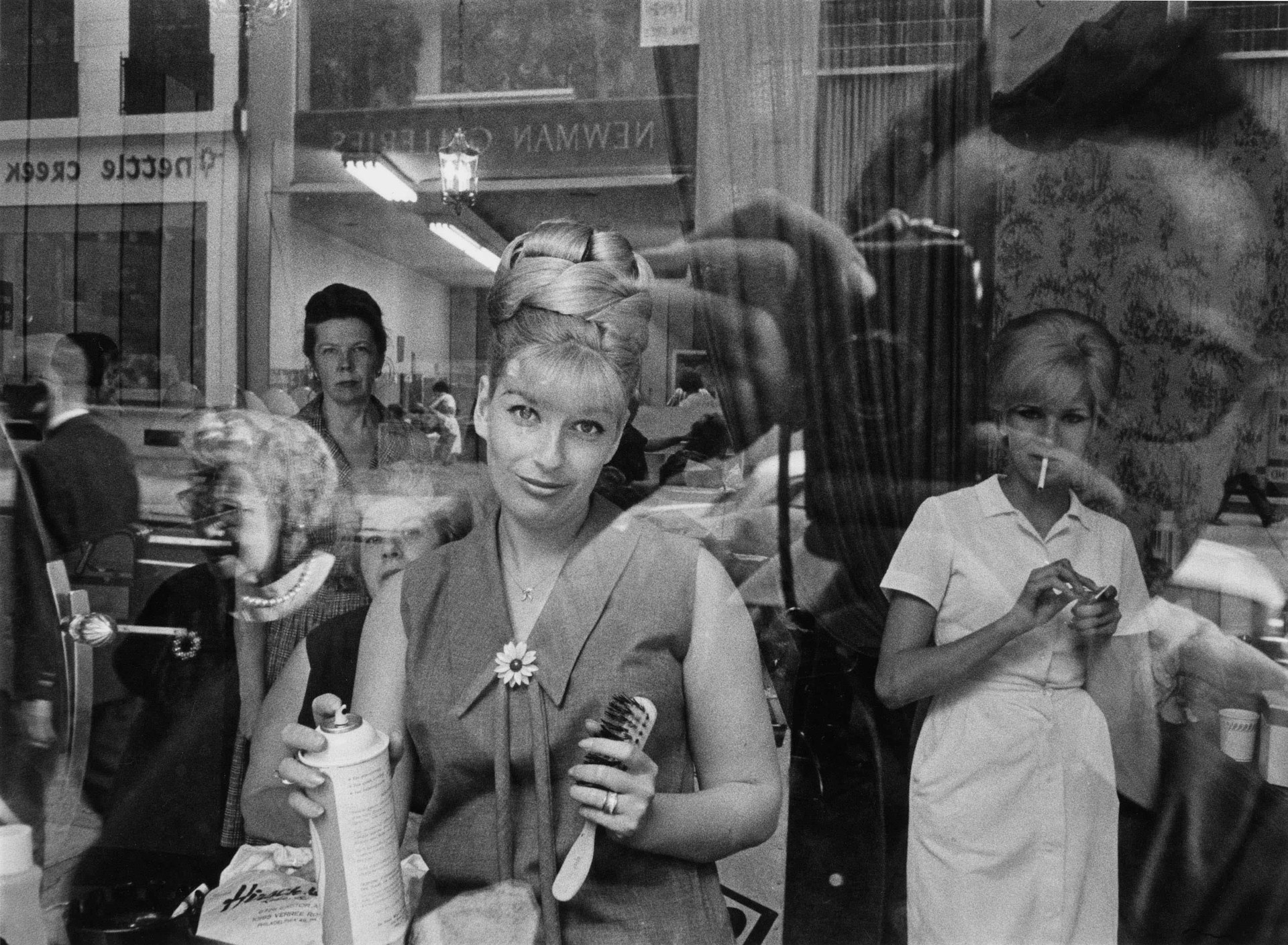
Beauty Parlor Window, 1964
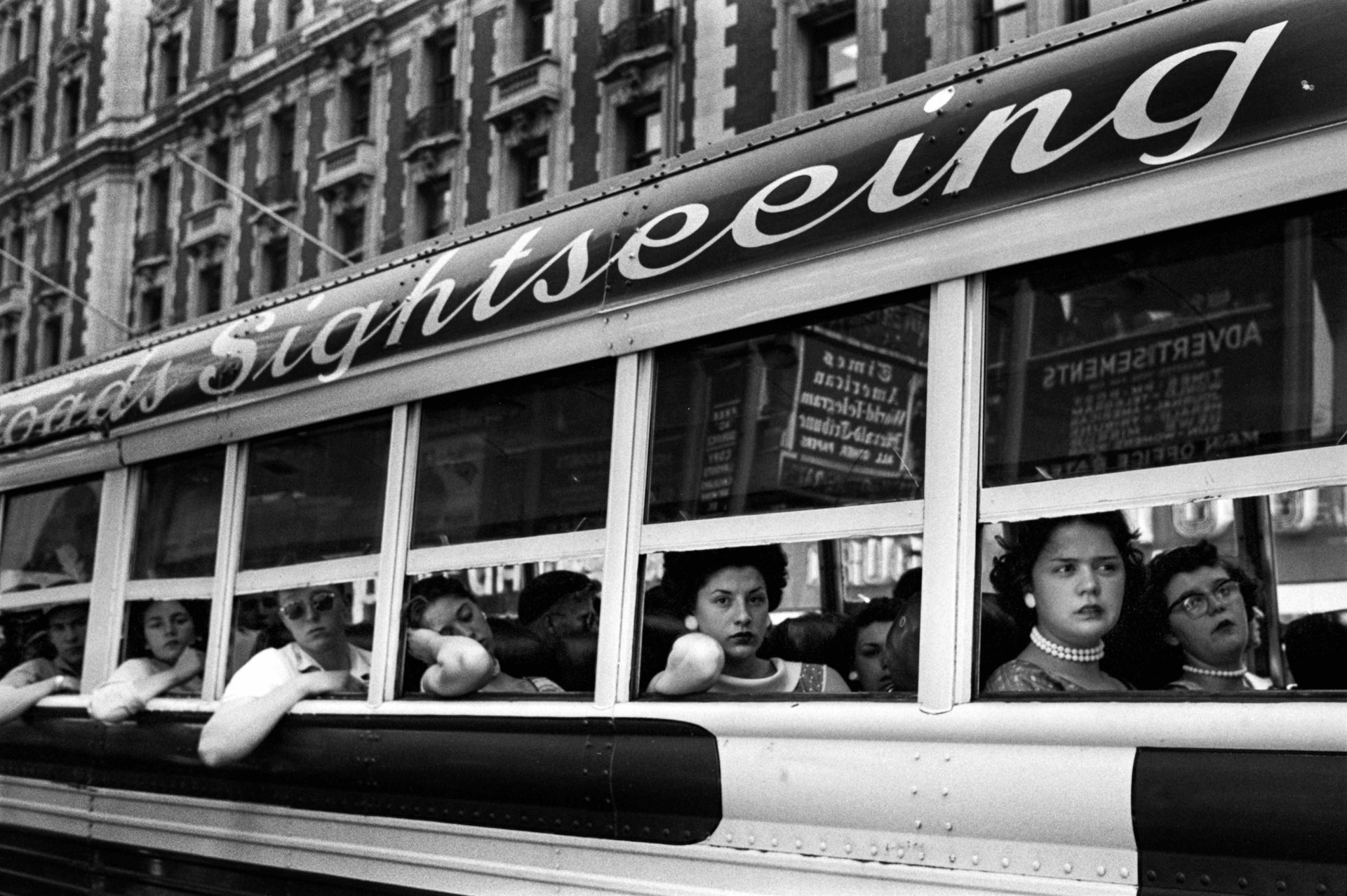
Sightseeing Bus NYC, 1956
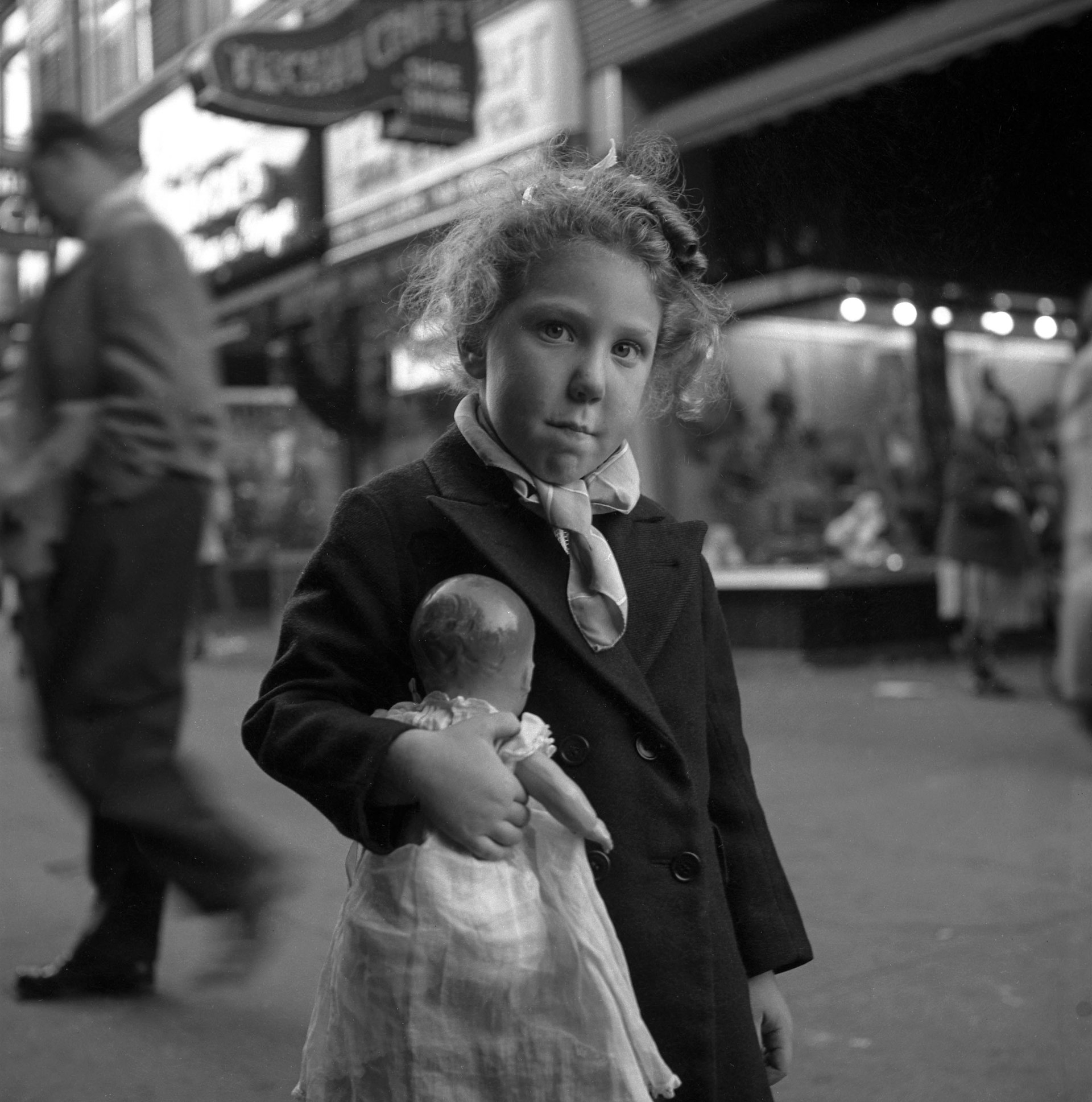
Girl With Doll, 1949
Visit the Last Stop Coney Island website for information on upcoming screenings.
Enjoyed this article? Like Huck on Facebook or follow us on Twitter.
